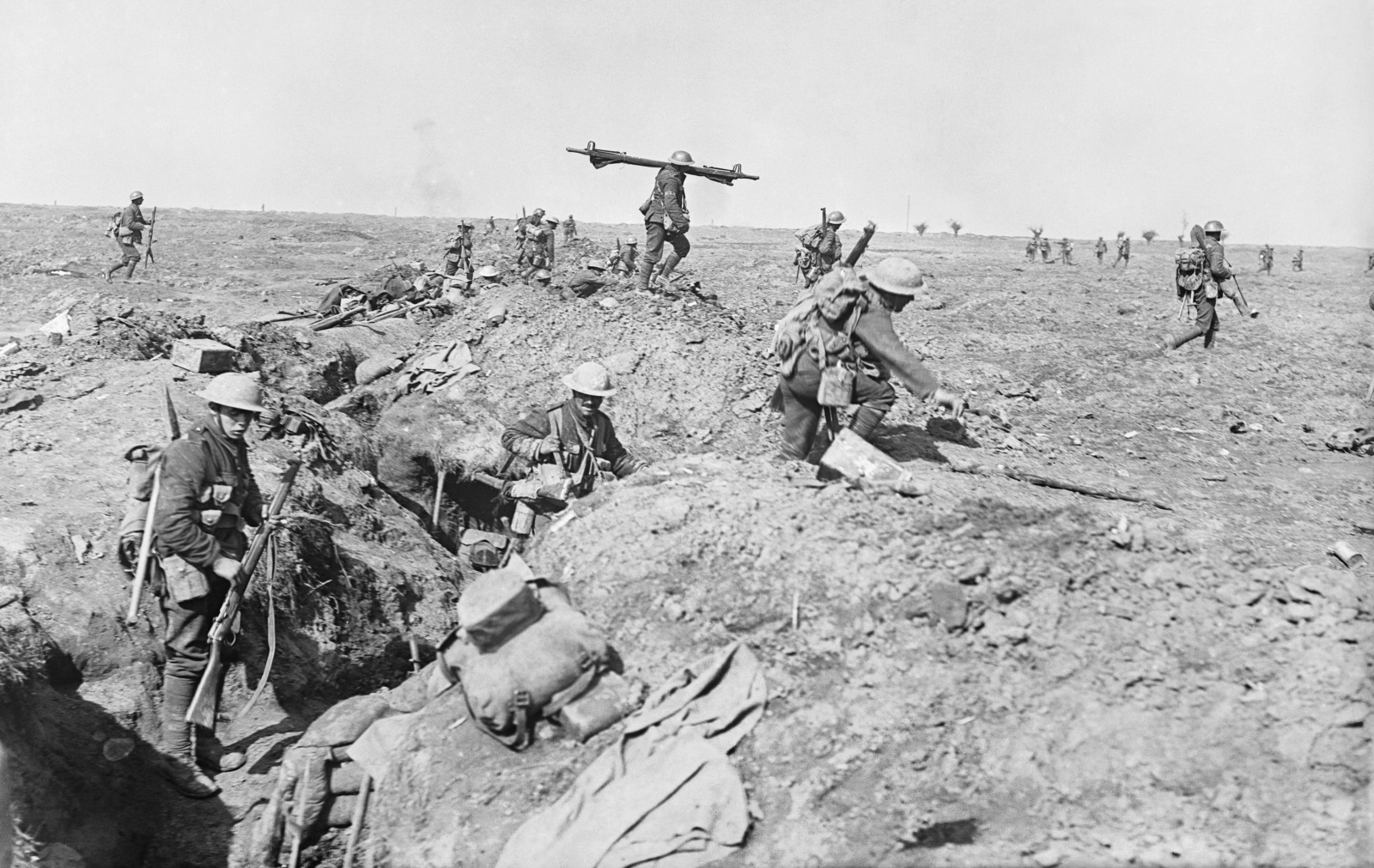





The reasons an Irishman might join the British army in the Great War were many and varied. Unemployment and related poverty, patriotism, peer pressure, a quest for adventure and government propaganda all played their part in encouraging Irishmen to flock to recruitment centres in 1914. The British Army had a long and mostly untroubled history in Ireland. Barracks in Irish towns not only provided employment within their walls, but also enriched the local shops and businesses. The British Army provided a steady income, clothing and three square meals a day. The income, known as a Separation Allowance, was distributed by the Post Office and would be collected by the Serviceman’s next-of-kin at home. It amounted to over a shilling a day - an amount unheard of amongst the ranks of agricultural labourers and manual workers who made up the vast bulk of recruits at the time.
Religion was not a factor. The Irish Times in October 1916 gave all-Ireland figures of 92,405 Catholics and 62,392 Protestants who had joined the British Army - broadly in line with the population at the time.
When war was declared, it was assumed that it would be quick and decisive, and would be over by Christmas. For this reason it was essential that anyone who wanted to play their part should join quickly. “Catholic Belgium” needed to be saved, and “Catholic Ireland” was being urged to help. Poster campaigns utilised strong Irish imagery and symbolism. St. Patrick, Irish Wolfhounds, Round Towers and Erin herself complete with harp were all used to great effect.
Recruitment in mainland Britain was driven, in the main, by the same socio- economic and patriotic elements as in Ireland. However the island of Ireland had an additional factor at play - the proposal that Ireland would have a form of devolved parliament: Home Rule. Irish self-government had a long and troubled history ever since Gladstone’s 1886 and 1893 Home Rule bills were defeated.
In 1910, the third Home Rule Bill was proposed by HH Asquith, encouraged by John Redmond’s Irish Parliamentary Party who at the time held the balance of power. However Northern Irish Unionists, led by MP Edward Carson, were outraged at the prospect of Home Rule being granted. On the 28th of September 1912, “Ulster Day”, Unionists signed the Ulster Covenant which stated that Home Rule would be resisted “by all means that may be found necessary". This was no idle threat; The Ulster Volunteer Force (UVF), a 10,000-strong Unionist armed paramilitary force, was formed as a result. In January 1913, the Irish Volunteers were formed as a response to the Unionist threat. The Irish Volunteers were described as being a force “for the defence of Ireland”
The net result of these developments was that at the outbreak of war, there were now two types of Irish recruit prepared to go to war for Britain, whose political outlooks were defined in part by their acceptance (or otherwise) of Home Rule. Despite their diametrically opposed political views, they found themselves side by side fighting a common foe; one side fighting to ensure that after the war Home Rule would be granted, the other seeking a guarantee that it would not. In the main, Unionists joined the 36th (Ulster) Division, Redmond’s followers joined the 10th and 16th Irish Divisions.
Having examined the reasons for joining, it’s worth mentioning the battle of Messines that took place a little over a year after the 1916 Rising on the 7th of June 1917 . This would provide the first opportunity for the Pro- and Anti- Home Rule 16th Irish and 36th Ulster Divisions to fight shoulder to shoulder against the Germans. Massive casualties were sustained by men of both Unionist and Nationalist persuasions.
The symbolism of this battle was lost to history until it was proposed by Donegal TD Paddy Harte to build a Peace Park near the site of the battle. This took the form of an Irish round tower (deliberately used as a pre-Reformation image), built using stone from the infirmary of Mullingar Workhouse. The building was a cross-border initiative using labour and expertise drawn from both sides of the border. The park, designated the “Island of Ireland Peace Park” was officially opened at 11:00 hours on 11th November 1998 by the then President of Ireland Mary McAleese in the presence of Queen Elizabeth II. It is reasonable to assume that the men who fought together at Messines, whether Unionist or Nationalist, would have approved.
